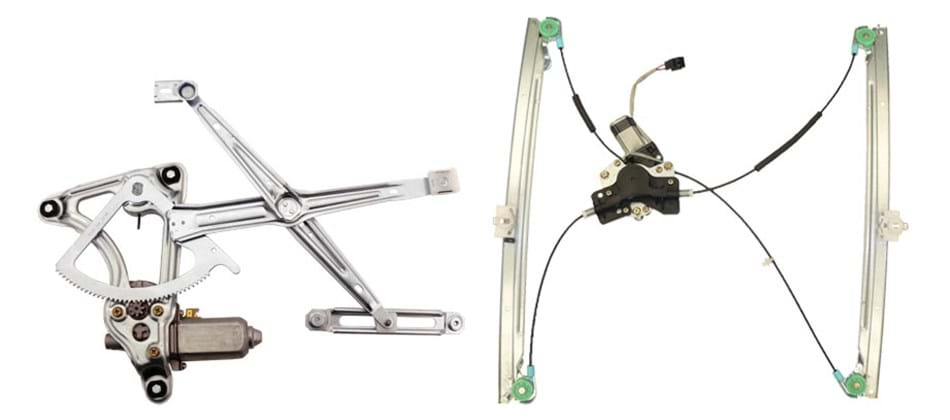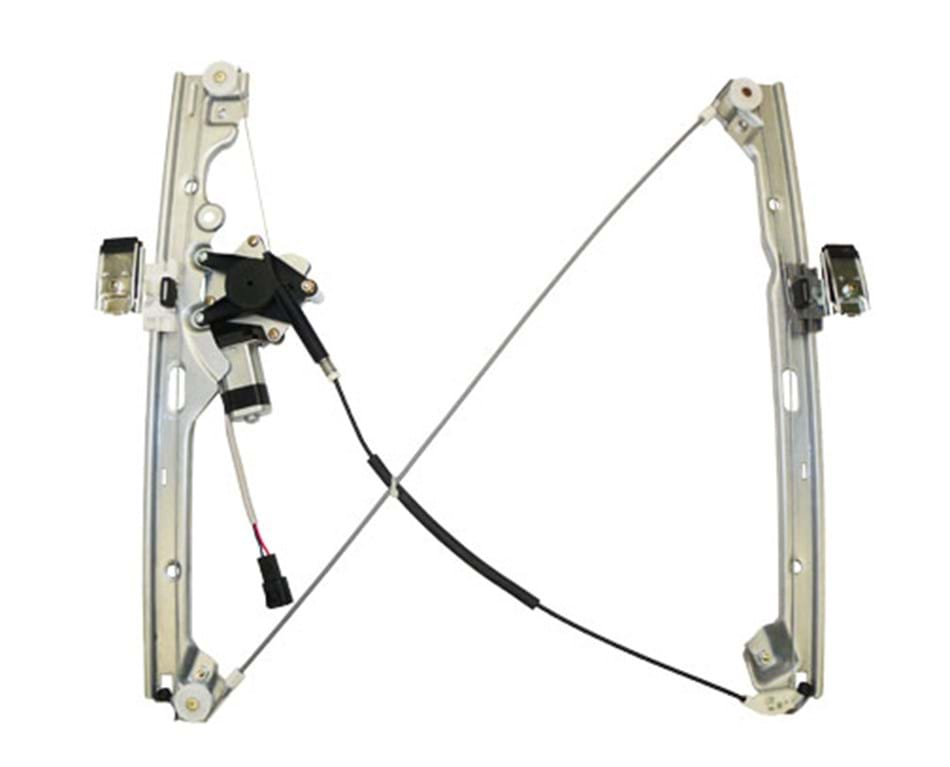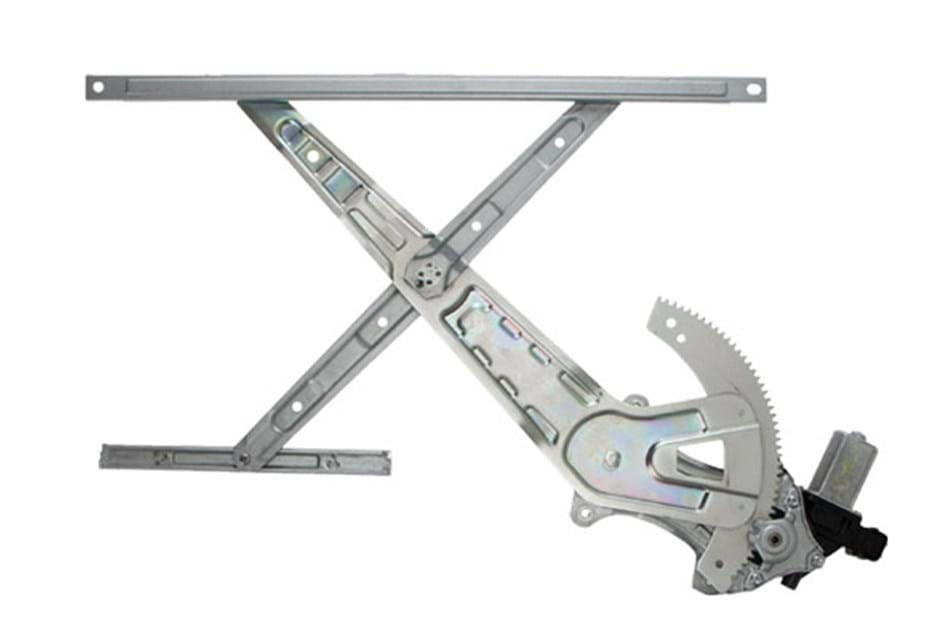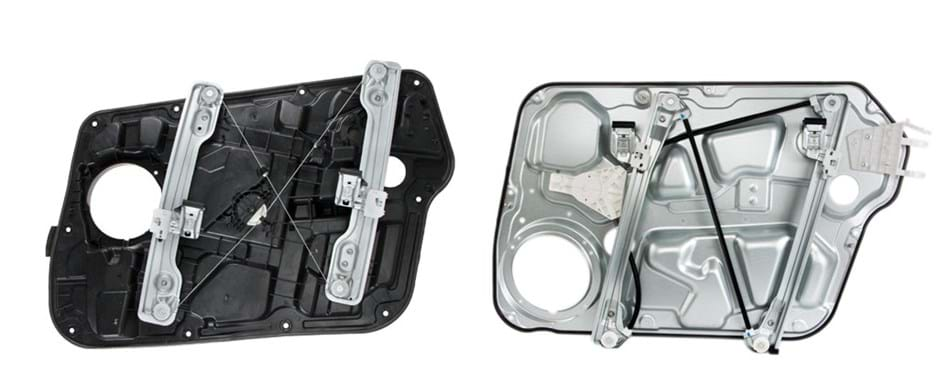Power Window Motor & Regulator Assemblies

All NAPA® Echlin® Window Lift Regulators are thoroughly tested and validated for fit, form, and function on the original door prior to being added to our product offering. NAPA® Echlin® prides itself on doing the work of validation in-house so you and your customer don't have to.
View Product Flyer
Features
- OE style connectors
- Validated for fit, form and function
- Drop-in replacement
- Select regulators have been redesigned, replacing original equipment slides with rollers to extend cable life
- Premium grade cables
Cable Design

Cable design regulators are very popular and are on almost all vehicles from 2010 and up. This OE design tends to fail when the cable breaks. Most of the manufacturers are using this design to save on weight in the vehicle. Because the replacement of cable regulators is time consuming, most installers and customers choose to replace both the window motor and cable regulator at the same time. Once a consumer replaces the entire assembly, all future repairs have to also replace the entire assembly. All connectors on these parts are an exact match to the OE motor to ensure an easy replacement.
Rigid or Scissor Design

Rigid, or scissor, design regulators are used in some current and most early vehicles in the 2000s and older and are used frequently on rear applications. This OE design tends to fail at about half the rate as cable style regulators. The amount of time it takes to replace this regulator makes most consumers and installers prefer to replace both the window motor and window regulator at the same time. Once a consumer replaces the entire assembly, all future replacements have to use this part type. All connectors on these parts are an exact match to the OE motor to ensure an easy replacement.
Door Panels

To make production assembly quicker, some manufactures such as Chrysler, Fiat, Dodge, Ram, Jeep, Hyundai, Kia and Volkswagen have mounted their window regulators and other components onto an interior door panel (modular design). In some cases, the window regulators and regulators are integrated as part of the door panel. Most of the panels use a cable design regulator and are either plastic or metal. The plastic integrated door panels have a shorter life span compared to the metal door panels.
